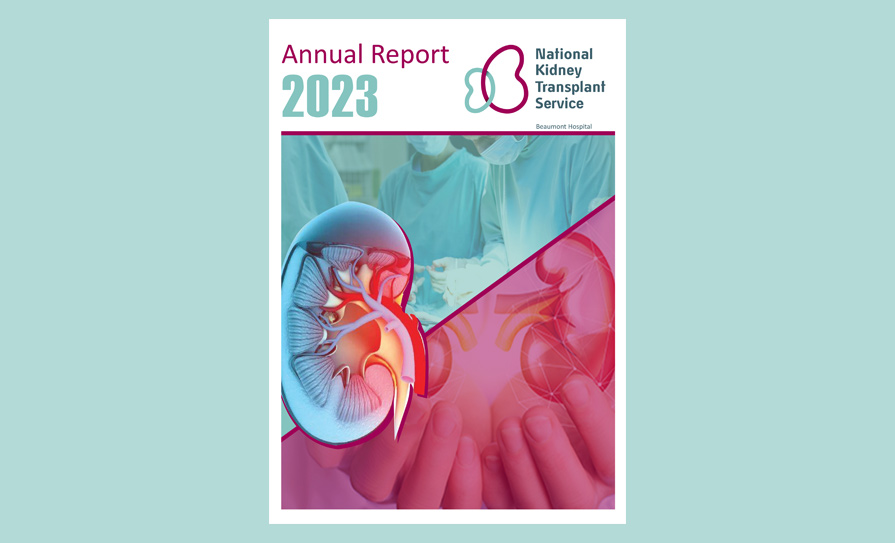A “sustained and concerning” increase in newly detected cases of carbapenemase-producing Enterobacterales (CPE) during 2022 has been reported to the HSE’s Chief Clinical Officer (CCO).
The issue was noted by CCO Dr Colm Henry in his report to the HSE board’s safety and quality committee in November. The committee received a paper on CPE developed by HSE Antimicrobial Resistance and Infection Control (AMRIC) with input from the CPE Reference Laboratory, Acute Operations, and the Health Protection Surveillance Centre (HPSC).
“The purpose of the paper is to highlight that over the course of 2022, there has been a sustained and concerning increase in newly detected cases,” outlined Dr Henry’s report to the committee, which was obtained by the Medical Independent (MI) under Freedom of Information law.
In December, in response to questions from committee members, Dr Henry’s report stated that data on mortality in relation to CPE was not collected. Dr Henry also advised there were no specific data sets that related to patient outcomes and delayed hospitalisation.
According to the HPSC’s summary report on CPE for December 2022, there was a 30 per cent increase in detection in 2022 compared with the corresponding period of 2021. The HPSC report data is largely related to HSE acute hospitals.
The provisional total of new patients with CPE for the first 52 weeks of 2022 (including week 1, 2023) was 927. The total for the corresponding period in 2021 was 712. The increase was “not likely to be explained by an increase in sampling”.
“The transmission and spread of CPE in the acute hospital setting remains the key driver of new CPE detections; however, there have now also been a number of significant outbreaks in nursing homes,” stated the HPSC summary report.
As of December 2022, there were CPE outbreaks reported in nine acute hospitals nationally.
A Department of Health spokesperson said it continues to monitor healthcare-associated infections, including CPE. The Department has “oversight and governance” of HSE AMRIC whose remit includes antimicrobial resistance and infection prevention and control.
In October 2017 the rise of CPE cases in health and social care was designated as a national public health emergency by the then Minister for Health Simon Harris.
“The status of the public health emergency on CPE remains unchanged,” the Department’s spokesperson told MI last month. “Monitoring of CPE cases is ongoing and work is underway to step down this public health emergency in line with this monitoring process.”
A HSE spokesperson commented: “CPE continues to be a challenge for many acute hospital services. As a result of the CPE report at the end of the 2022, the HSE commenced an extensive review of all existing CPE guidance. Updated CPE guidance is being finalised and we expect to have it approved by the AMRIC oversight group by end of Q1/start of Q2. This new guidance will be rolled out across the HSE with accompanying webinars and education sessions.
“In 2022 the HSE supported the upgrading of drainage systems, hand wash basins and bathroom facilities in some hospitals through minor capital investment, the focus of which is to support hospitals with addressing the transmission of CPE from persistent environmental reservoirs.”
The spokesperson said CPE acquisition was still primarily associated with acute hospitals and the HSE has focused on providing guidance, staffing and capital to reduce environmental reservoirs in acute hospitals. “There have been some outbreaks in residential services and the HSE provides guidance and public health supports outbreaks in community services,” they added.
It was “not possible” to put exact numbers on mortality rates because “many of the people who die with CPE are people who already had an underlying serious illness”, stated the spokesperson. “There is no standard collection system for this data and the AMRIC team is not aware of any country that collates this information in a systematic way.”













Leave a Reply
You must be logged in to post a comment.